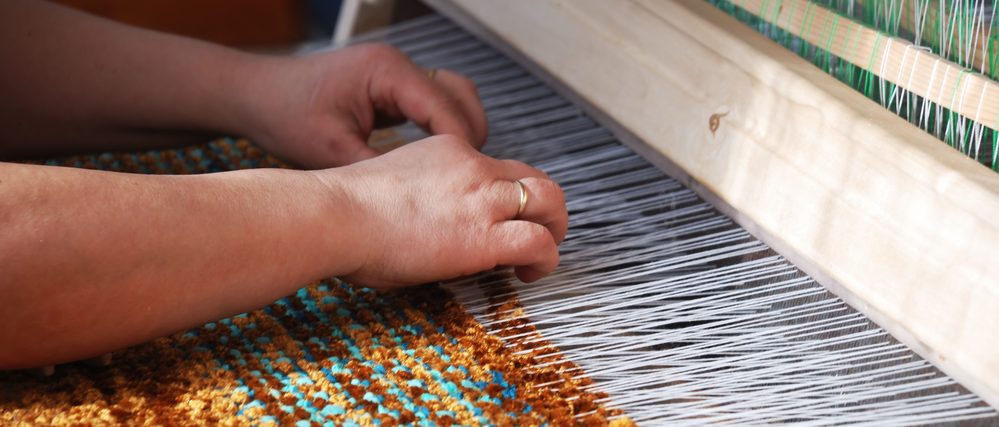If you work in an industry that typically uses a lot of linens, such as the healthcare or hospitality industry, you probably spend a fair amount of time choosing fabrics types and cleaning them. However, you probably aren’t too familiar with the linen production process. As a business owner, it’s important to know about the linen production process, so you can choose quality products that best portray your company’s brand.
Where Does Linen Come From?
You’ve probably heard about adding flax or flaxseed to your diet because of its high fiber count. However, a major material in linen is actually the flax plant, which is all over the world. Linseed flax specifically is also the main ingredient in oil and, as such, oil paintings. There are several different types of flax, that yield multiple qualities of linen.
Other flax plants (known as the flax variety) are ideal linen materials. This is a tricky cultivation process because the plant only yields the best fibers when it is fully mature. However, doing this produces poor-quality oil. This means it’s important to take both types of flax into consideration depending on what you want from them.
Harvesting Flax
It’s time to harvest flax when the fibers (stalks) begin to turn color. This means that the plant is approaching maturity – to get the aforementioned higher-quality flax, the plant must be harvested beforehand, but this is a much more laborious process. The highest quality linens are harvested completely by hand, and to date, there is no machine that better streamlines this process. Calcium and proteins hold together flax fibers and must be separated during the harvesting process. The best way to separate them is with water–known as the retting process.
The Retting Process
Water retting produces the best linens. Flax fibers need stagnant, still water in order to effectively separate them. Bogs and ponds are great for this method. Dew retting is another possibility. Spreading fibers in the morning dew helps separate them as well as pulling them out as the day warms. Other methods include getting them in a tank with cement or using a chemical process. Both of these processes produce lower-quality linens.
A Long Way to Linen
The flax needs to dry and cure for several months after separating the fibers. Then, the fibers need to be further broken down with a process known as scutching. This is a labor-intensive process that a person usually does by hand. An entire day’s work only yields about 15 pounds of usable flax. The fibers are now known as stricks and are ready to be spun using a distaff. You may be familiar with this long pole, typically used in spinning. After spinning the stricks, it’s time to weave the actual linen. At this juncture, usually, a machine takes care of weaving. However, handwoven linen is still common.
Choosing the Best Quality
Those in the industrial textile products field certainly want to choose the best linen. Rather than the location, the retting and harvesting process used should determine how you choose your linens. Belgian flax linen is certainly considered some of the best quality, as is retted in Ireland. South America also produces high-quality linen because of its retting process. One of the best things to do, if you’re using linen services, is to ask where the linens were made. While the location doesn’t have any effect on the quality, it will give you a good idea of the production process in that particular region.
You Can Rely On Wilkins Linen
Now that you understand the linen production process, go with a quality linen management professional that offers the best linens for your industry: contact Wilkens Linen today. We provide linen rental and services to healthcare facilities, restaurants, and hotels in the Houston and surrounding area. You can rely on our over 60 years of experience and timely delivery and pick-up services for your company’s products.







